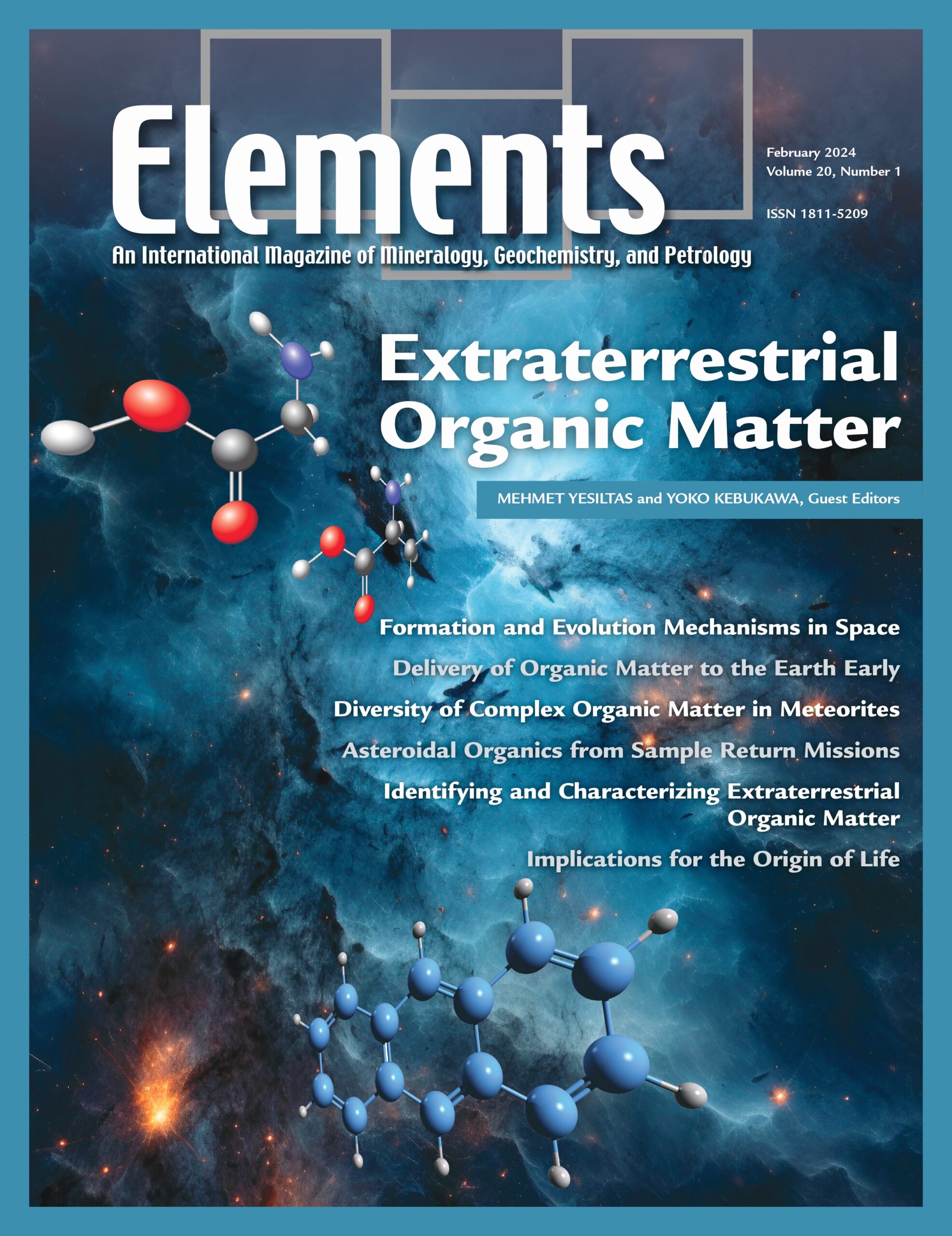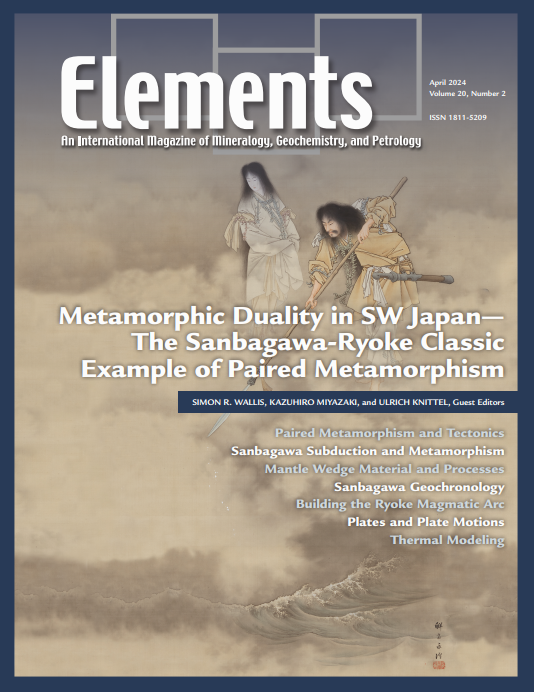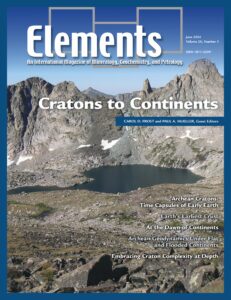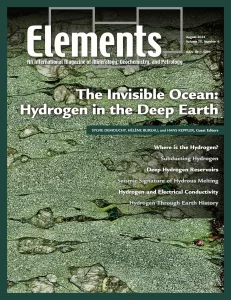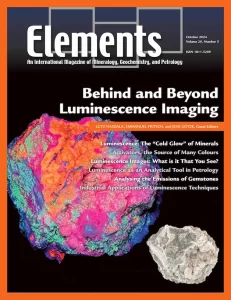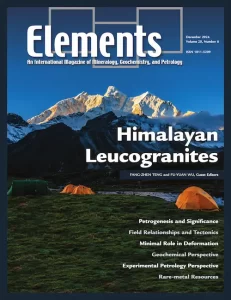Issues Published in 2024 -- Volume 20
- February (v20n1) Extraterrestrial Organic Matter
- April (v20n2) Metamorphic Duality in SW Japan: The Sanbagawa-Ryoke Classic Example of Paired Metamorphism
- June (v20n3) Cratons to Continents
- August (v20n4) The Invisible Ocean: Hydrogen in the Deep Earth
- October (v20n5) Behind and Beyond Luminescence Imaging
- December (v20n6) Himalayan Leucogranites
February 2024 – Volume 20 Number 1
Extraterrestrial Organic Matter
GUEST EDITORS
Mehmet Yesiltas and Yoko Kebukawa
PRINCIPAL EDITOR
Sumit Chakraborty
April 2024 – Volume 20 Number 2
Paired Metamorphic Belts of SW Japan: Metamorphic Records of a Subduction System
GUEST EDITORS
Simon R. Wallis, Kazuhiro Miyazaki, and Ulrich Knittel
PRINCIPAL EDITOR
Becky Lange
June 2024 – Volume 20 Number 3
Cratons to Continents
GUEST EDITORS
Carol D. Frost and Paul A. Mueller
PRINCIPAL EDITOR
Janne Blichert-Toft
August 2024 – Volume 20 Number 4
The Invisible Ocean: Hydrogen in the Deep Earth
GUEST EDITORS
Sylvie Demouchy, Hélène Bureau, and Hans Keppler
PRINCIPAL EDITOR
Sumit Chakraborty
October 2024 – Volume 20 Number 5
Behind and Beyond Luminescence Imaging
GUEST EDITORS
Lutz Nasdala, Emmanuel Fritsch, and Jens Götze
PRINCIPAL EDITOR
Tom Sisson
December 2024 – Volume 20 Number 6
Himalayan Leucogranites
GUEST EDITORS
Fang-Zhen Teng and Fu-Yuan Wu
PRINCIPAL EDITOR
Janne Blichert-Toft


